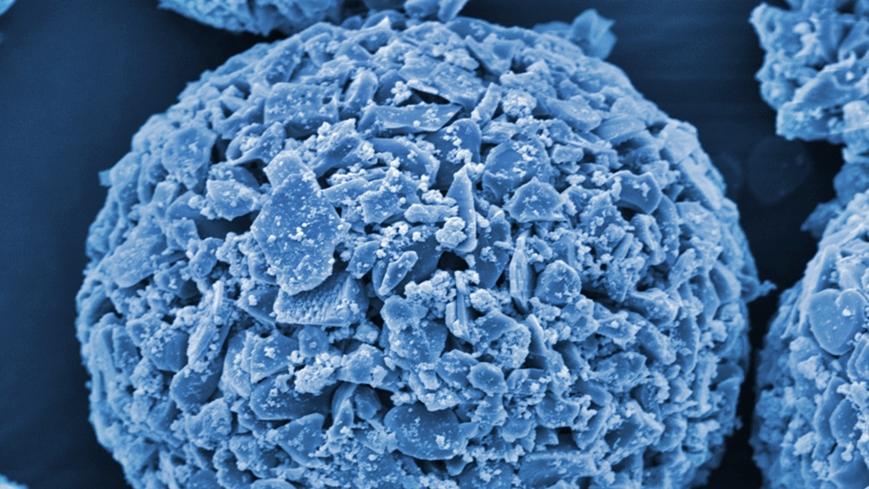
Conventional water filters are no match for rotavirus and other miniscule viruses. With hundreds of thousands of people dying every year from drinking contaminated water, research teams from the Swiss Federal Laboratories for Materials Science and Technology (Empa) and the water research institute of the ETH Domain (Eawag) are working on the development of new materials and technologies. Their aim is to remove even the smallest germs from drinking water. Conventional measures are barely able to eliminate these contaminants, or are only able to do so at great cost and effort.
For this, the researchers are in many cases using the negative electrical charge of the virus particles. They have been able to demonstrate that viruses contained in water adsorb to the filter surface to varying degrees depending on the pH level of the water. “This must be taken into account when developing new water treatment and filter technologies”, explains Thomas Graule from the Empa High Performance Ceramics Lab based in Dübendorf in the canton of Zurich in a press release.
Graule is working as part of an international team on ceramic granules made of aluminum oxide. These fine granules are then coated with nanometer-thin layers of copper oxide. With this, in addition to multi-layer carbon nanotubes likewise coated in copper oxide, the research group was able to successfully eliminate a model virus. “We were able to show how the virus particles attach themselves to positively charged surfaces”, Graule explains.
The optimal composite must guarantee that filter components are not washed out into the purified water. Research is continuing in this vein. At the end of the project, a filter technology is expected to be available that would also be well-suited to water treatment applications in developing countries.
Related news
Contact us
Can we put you in touch with a peer company or research institute? Do you need any information regarding your strategic expansion to Switzerland's technology and business center?
info@greaterzuricharea.com